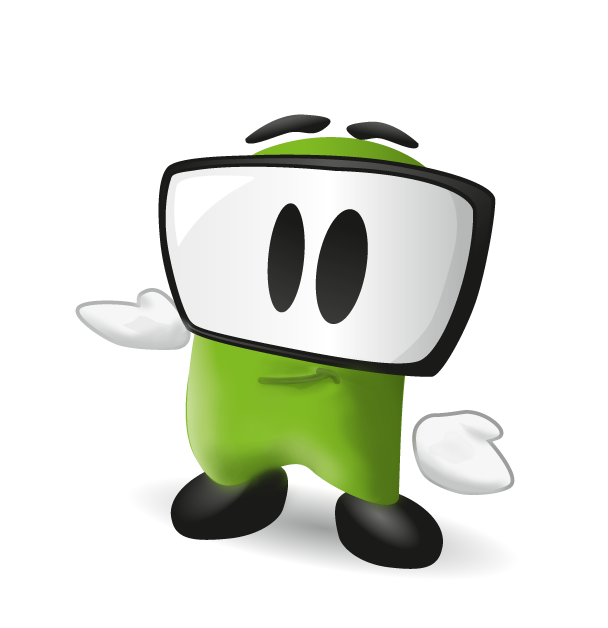HOW-TO:Create Music Library
| Steps to create your Music Library |
|---|
| 1. Guide Main Page |
| 2. Music Settings |
| 3. Music File Tagging |
| 4. Scanning Music Into Library |
| 5. Artist information folder |
| 6. Scraping Additional Music data
|
| 7. Update Music Library |
8. NFO Files
|
9. Artwork
|
10. Import-export library
|
| 11. Backup & Recover |
Aim
The aim of these modules is to provide the required information to enable you to correctly set up, modify, and reinstate your Music library as required. As this guide is created for the new user, most pages have been created with minimal jargon and short explanations in an effort to reduce information overload and confusion. Where extra information is provided, note is made to what can be safely ignored.
Each page is a step in that modules particular process, and those steps have been grouped into four modules...
- Prepare the files - Best practice guides to ensure your files are correctly saved and tagged
- Creating the Library - Guide for the initial creation of the library
- Modify your Library - Techniques to modify the information and artwork your library displays
- Safeguarding and Rebuilding - Backup and Rebuild your library
This guide uses the default Estuary skin. If you are using another skin, it is recommended you revert back to Estuary to ensure you are able to follow this guide easily. Location of settings and options differ between skins.
If you do not have Main Menu option for Music, it has most likely been disabled in the Settings page. To re-enable the Music option is a simple procedure. See: Main Menu Items
The Nav Box, located at the top right of the page, appears on every page listed in this guide. Use it to quickly jump between steps or return to this main page. On this page, you can click each header to jump to that page.
Preparing the Files
This section provides information to ensure your music files are correctly tagged, the correct settings are enabled and advice on the folder structure for your music.

|
Music Settings Confirms the correct settings are enabled in your installed version of Kodi. Simply adjust your settings to match those of the images in Section 4. If you have not changed the default settings then there will be nothing to change here. |

|
Music File Tagging Preliminary information detailing the requirements for your music files. This page contains important information about how the Music Library functions, the required folder structure and how to tag your music files. It is important that you read to at least the indicated point to avoid disasters in the following pages.
|
Creating the Library
The following two pages will allow you to build your fully functioning library. They must be used in the listed order to ensure correct library implementation

|
Scanning music to the library Also known as Scanning or Importing. This page provides details on adding music sources to Kodi and scanning the songs into the library. |

|
Artist Information Folder Details on how to set up the new Artist Information Folder in v18 and later releases |

|
Scraping additional Music data Music Scraping downloads additional information about the Artists and Albums in your library, as well as downloading any missing artwork. This step is optional, but if you choose to scrape, it must be performed after your music is Scanned into the library.
|
Modify your Library
Should you want more control over what information has been scraped, and what artwork has been downloaded, then continue with the following pages. They are listed in no particular order.

|
Update Music Library Details on how to add new music to your existing library, or remove unwanted music from the library. |

|
NFO Files NFO files are used to populate the music and video library using locally stored information. They are helpful if data for your particular title does not exist, such as for home movies and sporting events. A Parsing and Combination NFO file can be used to control the search behaviour of scrapers when problematic and ambiguous titles prevent your preferred title from being scraped. |

|
Artwork The use of artwork will transform your mundane media player into a showpiece to be proud of, especially when teamed up with your favourite skin. Kodi will allow you to display Posters, Fanart, Album Covers, Actor and Artist images to name a few. Install the Picture Slideshow add-on, and you will have a constant display of video or music fanart to brighten your entertainment room.
|
Safeguarding and Rebuilding
The following pages offer best practice to backup and restore your library. Note: If you have not performed these suggested tasks before disaster has struck, then these methods will not work after disaster has struck.

|
Import-Export Library Kodi has the option to Export and Import the library databases. These options may be used for a number of reasons including the following more popular ones:
|

|
Backup & Recovery Like all technology, disaster can strike at any time, either due to a hardware failure, operating system crash which has corrupted Kodi data, or unexpected results from the use of a nightly or development build of Kodi. For these reasons, backups of Kodi are essential to enable you to quickly rebuild your setup.
|
| Return to top |
|---|
| Next step: | Music Settings |
